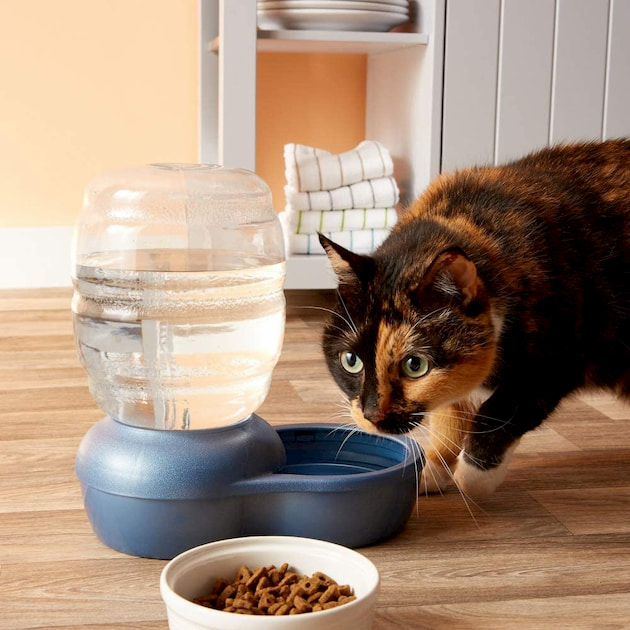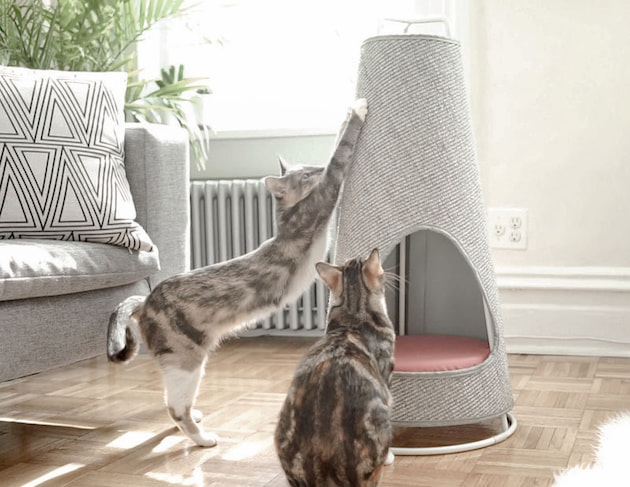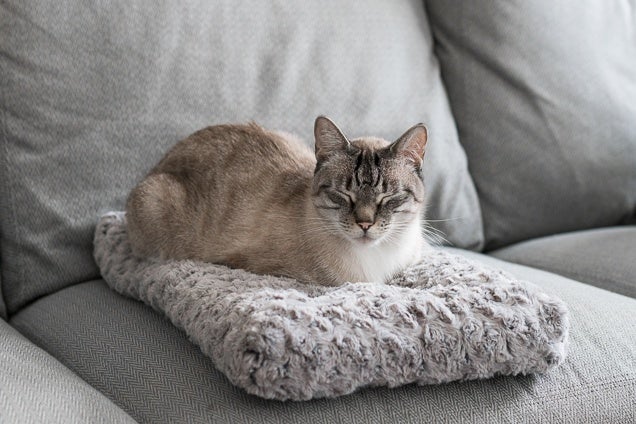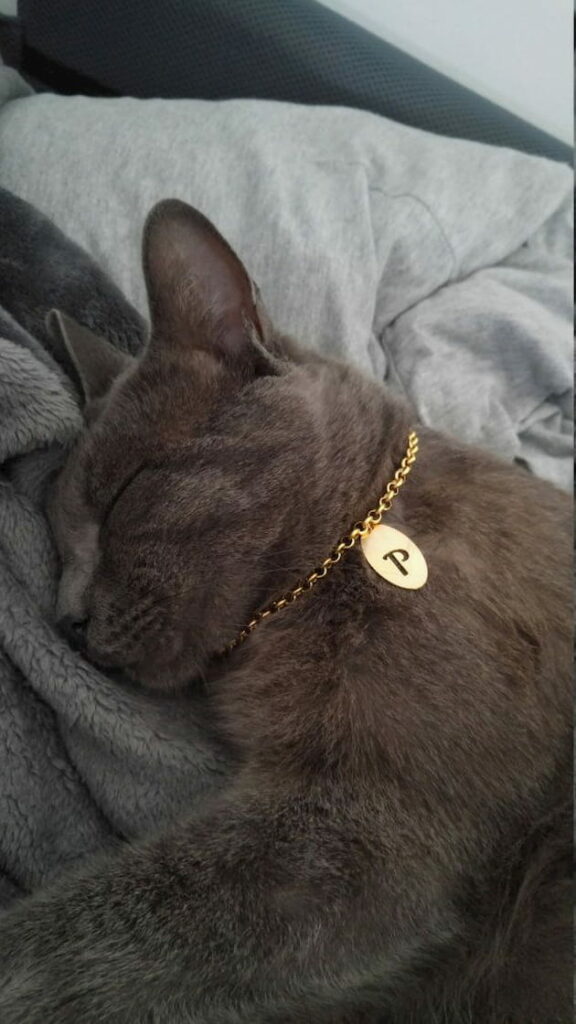Adopting a cat or kitten will definitely enrich your life. If you’ve decided to open up your heart and home to a cat, you probably want to ensure your feline is healthy, comfortable, and content right from the start. So, in order to create a pet-friendly home and simplify life with your cat, you need to have some basic supplies. That being said, let’s see what supplies do you need for a cat.
Food and Water Bowls
Every cat should have one bowl for fresh and clean water, and another for food. If you decide to offer your cat both wet (canned) and dry food, then you’ll need two food bowls. If you have adopted a kitten, it’s recommended to purchase smaller and shallower bowls that are specifically designed for these little felines.

source: bustle.com
The best materials for bowls are stainless steel and ceramic with a lead-free glaze. Stainless steel is a durable and easy to clean material that is also dishwasher-safe. Ceramic bowls, on the other hand, are also easy to clean and dishwasher-safe, but are not so durable and can chip or break if dropped. Whichever option you choose, it’s important that you regularly clean these bowls for your cat’s health and in order to avoid attracting ants and other pests.
Cat Scratchers
We all know that cats have an innate need to scratch. If you want to save your furniture, you need a cat scratcher that will help deal with that urge in a non-destructive way. There are different types of cat scratchers, such as scratcher beds, scratching towers, cat trees, flat scratchers, and others. However, cat scratching beds are one of the best solutions. The comfortable cat scratcher beds available on the market offer essential physical and mental benefits for your cat or kitten. More precisely, those reaching, stretching, and pulling movements that cats perform as they work their claws against such scratching supplies, actually relieve stress. In addition, this activity also helps them shed old claw sheaths, work incoming claws, and perform the natural act of leaving their scent on the surface through glands in the paws.
When choosing a scratching bed, make sure it has a sturdy base to keep it from tipping over. Plus, it’s also recommended that the bed suits the cat’s height so it can stand on its hind legs and get a good stretch while scratching. The cat scratcher beds come in a range of sizes, shapes, materials, and prices. The material, in particular, is of great importance. For instance, some cats prefer the feel of a sisal rope-wound post, while others love natural wood that closely mimics what they’d like to scratch most – tree. A redwood or cedar plank may also be a good choice of material for scratching beds. Observe your cat’s scratching habits to figure out what material will work best.

source: contemporist.com
Aside from being used for scratching, some of these scratching beds may also come with a dangling rope for hours of playtime. If you have two or more cats, you should have at least one scratching post per kitty. Actually, it’s advisable that you start with two scratching posts pet kitty, and if possible, made of different material and shapes to provide variety and ensure that the cat won’t get bored. However, if you can’t afford two, one would do the job too.
Cat Beds
Your cat will be happy to sleep or just to take a break from family activity in a nice, cosy cat bed. This bed should be warm and soft and, located in a place that you’ve noticed makes your kitty feel comfortable and safe.

source: nytimes.com
When choosing a cat bed, make sure that it’s large enough for it to lay down in and to have some room to stretch and turn around as it attempts to find the perfect snoozing position, but still small enough for it to feel snug and secure. Also, look for a low-maintenance washable material, because dirt and hair can quickly build up and you would probably want to be able to toss the bed or machine-washed at least once a week.
Collar, ID Tag, and Microchip
Even if your plan is to keep your feline friend indoors, it’s normal for it to occasionally want to spend some time outside. There’s also a chance that it escapes from your home when you leave a window or door open. Hence, you have two options that will help prevent your kitty from getting lost and increase the chances that it will be returned to you. The first one is to attach collar with an ID tag on it that will include your pet’s name and your contact information (name, phone number, and address).
The second option is to microchip it so you can let your cat enjoy its freedom outdoors from time to time. A veterinary will inject a tiny identifying integrated circuit under the surface of its skin between the shoulders blades. Don’t worry, because the process is not harmful or painful for the cat. This microchip would also contain an ID code that’s unique to the cat that you register with a microchip company, along with your contact information. If your lost cat is found and then turned over to a shelter or veterinarian, the microchip will be scanned and it will show the necessary information so that your pet can be returned to you safely.

source: pinterest.com.au
Toys
Toys will help you build a bond with your new pet-friend. You can have a fun playtime by using some household items or purchase toys that are specially designed for cats. The fun household items include small and lightweight balls, laser pen, round shower-curtain rings, toilet paper, paper towel cardboard tube, etc. Retail cat toys, on the other hand, include balls with bells in them, small and stuffed mice plushies, rods with toys attached at the end of cords in order to encourage your cat to jump and swat at it, and many others.


